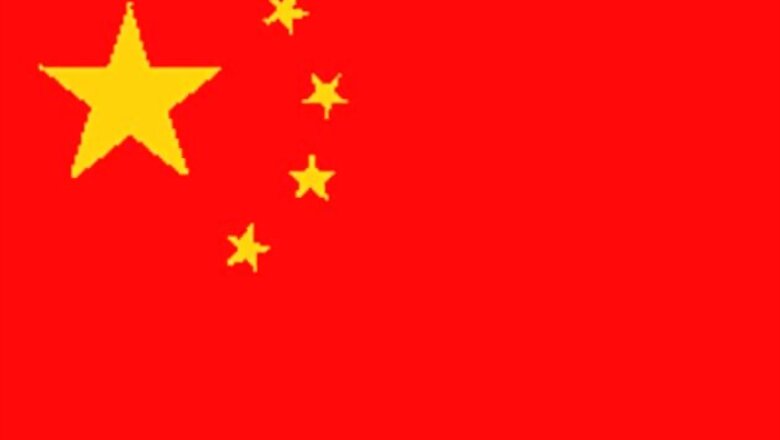
views
Hyderabad: Much like the market of decorative items, toys and a lot of other goods in India, the pearl market of Hyderabad is now dominated by China. Shop owners in the city say China has overtaken other countries from where pearls are being imported. Hyderabad is known as the "city of pearls". But the irony of its pearl story is that the city is nearly 300 km away from the ocean!
The pearls that give the city its moniker are all sourced from outside. After being imported, they are drilled in different parts of the state. In Chandanpet, just outside Hyderabad, for instance, almost the entire population is engaged in the delicate art of pearl drilling. Once they are drilled, the pearls are bleached, washed and separated in accordance with their shape and size.
Vijay Dochania, manager at the Amarsons Pearls jewellery shop, said though pearls are sourced from several countries, China dominates all. "Pearls from China have been coming here for more than 100 years now, but today they dominate the market. They are available in different price ranges, depending on their shape, size, sheen and lustre," Dochania told IANS.
China has been the world's biggest pearl producer for two decades, flooding the world market with small and cheap pearls of costume-jewellery quality. The pearl farming industry there is now using new techniques to push into the lower reaches of the market. Freshwater pearl farms in east-central China are reported to be producing white pearls that cost a fraction of the saltwater variety.
It was the patronage of the Nizams for pearls that attracted Arab traders from the Gulf to Hyderabad, which was also known for its diamonds -- the latest being a diamond from Golconda that fetched a record price at Christie's auction. "Long time back, pearls from Ceylon (Sri Lanka) were imported. Basra pearls which come from the Gulf countries were also very popular at one time since they are of very fine quality. You will still find them in the market today, but rarely so," Dochania said.
Jai Prakash, another jewellery shop owner in the city, said pearls are also imported from Japan, Tahiti, Indonesia, Australia and Venezuela. South Sea pearls, which are sourced from the South China Sea, are also readily available and fall in the expensive range because of their large size and sheen. Tahitian pearls cost more than others.
"There are three kinds of pearls - natural, cultured and semi-cultured or man-made. Natural pearls come from places like Tuticorin (India) and Venezuela. Basra (Iraq) pearls are also natural pearls. Cultured pearls mostly come from Japan and China. When Japan was struck by the tsunami, the pearl trade here was affected to some extent. In any case, they come more from China than Japan," he said. The Majorica pearl is a man-made pearl from Spain.
The city's pearl trade is worth around Rs 500 crore annually. "Almost 40 percent of our sales are attributed to tourists. People are mostly not too bothered about where the pearl has come from, they are more concerned about the quality of the pearl, its shape, its colour," said Naresh Agarwal of Mangatrai Pearls.
Visiting Hyderabad on work, 42-year-old Shalini Singh said the only concern that she has while shopping for pearls is their quality. "I bought a set of necklace and earrings of South Sea pearls from a reputable shop, so I am assured of the quality. I also bought a whole lot of pearl earrings, which, the shop owner mentioned, were China pearls. They look good and the price fits my budget, so I am happy," Singh said.
Victoria Humphrey, a British tourist, however, found it surprising that the pearls that Hyderabad is so famous for are all imported. "I asked a shopkeeper what was so typically Hyderabad about the pearls here, and he replied quite honestly that they were mostly from China! I appreciated his honesty but I had bought my share of Chinese pearls when I was in Beijing; so I did not buy here," Humphrey told IANS.



















Comments
0 comment